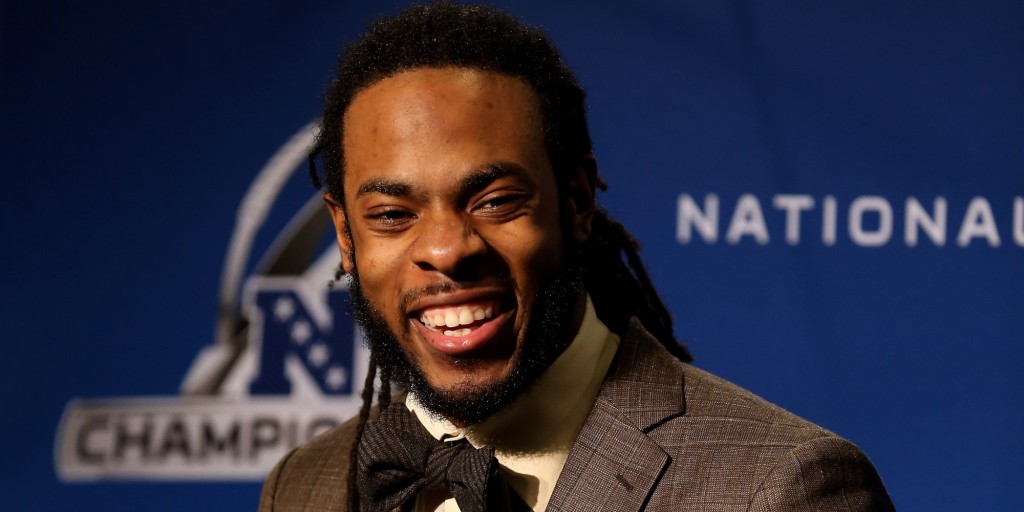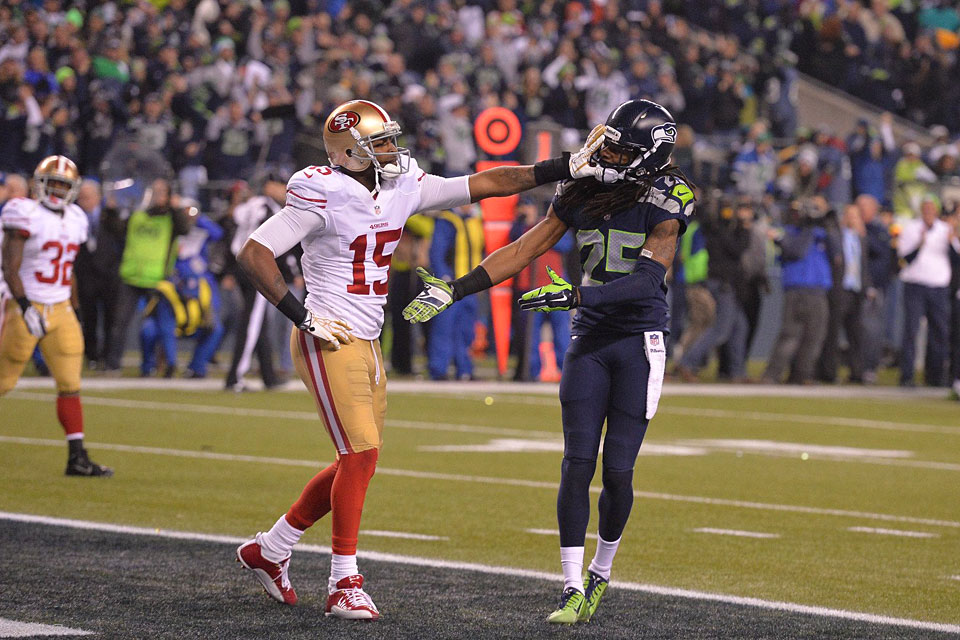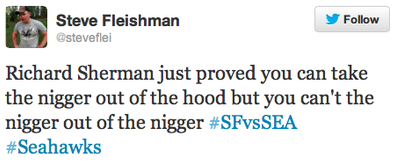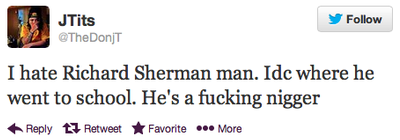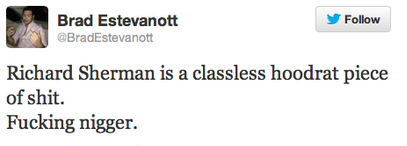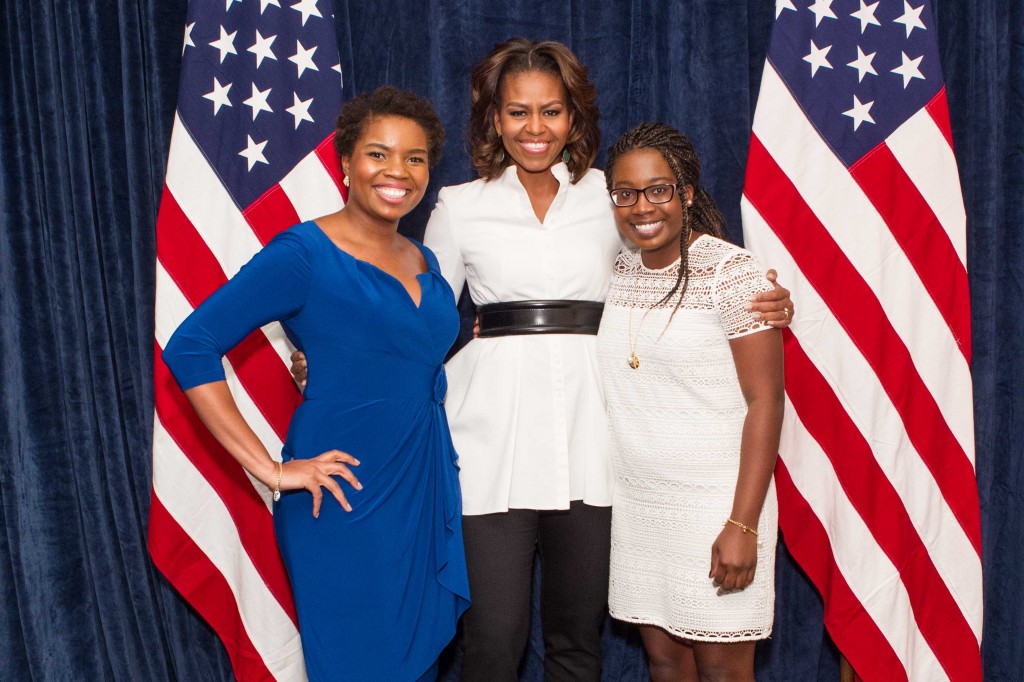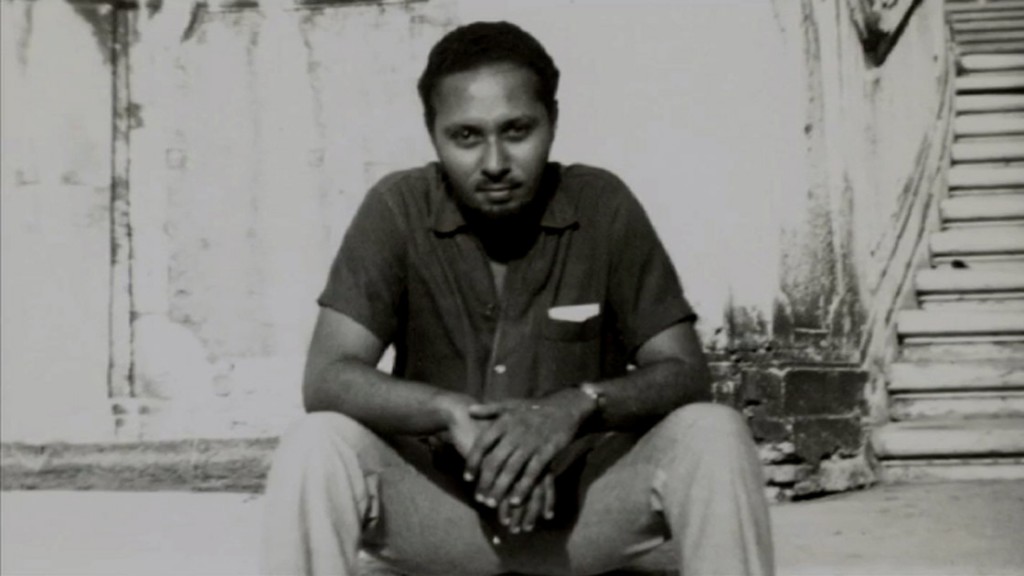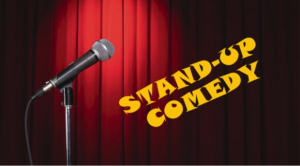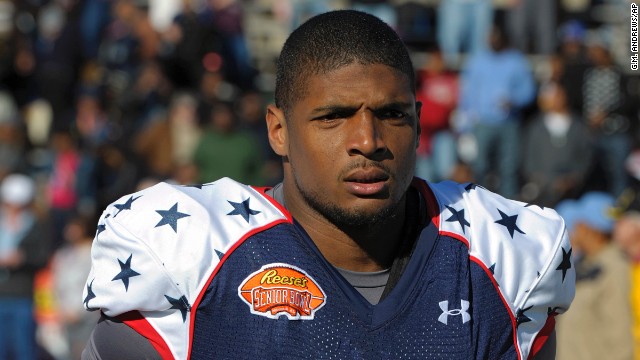Super Bowl Ads are as American as apple pie, and this year one Coca-Cola ad in particular has received some xenophobic backlash. The ad, entitled “America the Beautiful” shows images of a diverse America, set to the anthem “America the Beautiful” being sung in a variety of languages. And when the ad aired in the second half of the Super Bowl, people took to Twitter to voice their frustrations and betrayal at Coca-Cola.
These are just a couple of tweets, more can be seen here on the tumblr account Public Shaming.
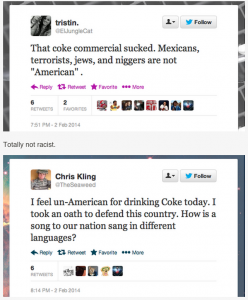
After watching the commercial, and reading a handful of tweets, I wondered to myself what others thought so I asked my fellow graduate students in the department a few questions.
Do you find the xenophobic backlash the Coca-Cola commercial has received surprising?
Brandon Robinson:
Unfortunately, I do not find the xenophobic backlash to be surprising in the least. For centuries, anti-immigration sentiments have run deep in this country. From the Chinese Exclusion Act to Arizona SB 1070 (among a host of so many other anti-immigration laws), we can see, at least legally, how deep this anti-immigration sentiment has been and still is today. So no, I did not find it surprising, but yet, it was still depressing to see people express such xenophobic outrage.
Maggie Tate:
I was surprised, but I shouldn’t have been. The responses to Sebastien de la Cruz’s performance of the national anthem during the NBA finals should have prepared me. I must have been distracted by how bad the Broncos were playing.
I was also interested in how many times the metaphor of a melting pot was used to tweet back against the anti-Coke tweets. I would like to see a public debate that calls out the problematic nature of the melting pot, because it is precisely this metaphor that has allowed for the U.S. to be narrated as tolerant and democratic while also engaging in xenophobic, racist, or otherwise discriminatory actions. A melting pot in a country where the definition of the “average American” is white, straight and always English-speaking produces a homogenous image of what being American can both look and sound like. Differences are melted into a nostalgic version of America’s past. The melting pot is about assimilation, which means that the two lines of response that “It’s Beautiful” produced actually stem from the same foundation. In practice, the melting pot of the U.S. has mostly been based on a version of diversity where differences get erased.
The emphasis on the multiplicity of languages can also be seen as code for claims about race. Not only did Coca Cola produce an ad with “America the Beautiful” sung in different languages, but they also visualized many non-white bodies as American. While the backlash against the commercial is verbalized as a problem of language, I wonder if the response would be similar had the same people been animated by an all-English version of “America the Beautiful.” I assume it would, considering that the selection of a young Mexican-American boy to sing the national anthem in English received a similar degree of backlash.
Some may say that those tweets depicted in the Public Shaming post only reflect an extreme opinion, similar to saying that the KKK only reflect the extreme. Do you find these tweets to only reflect the extreme or do you think they reflect a more general sentiment secretly/not-so-secretly held?
Brandon Robinson:
For a couple reasons, I think that those tweets in that post reflect a general sentiment. One, because of the Internet, people experience a disinhibition effect when being online. Because of the somewhat anonymity the Internet provides along with not having to deal with the same type of social responses one might experience in face-to-face interaction, social restrictions are lowered, which I then think allows people to express their feelings in more extreme ways. So, I think, these are people’s general feelings; the Internet just becomes a place where they get exacerbated.
Also, I first encountered this xenophobic response not through that post, but through one of my own Facebook friends writing the status, “America the beautiful in Spanish?” Of course, only mentioning Spanish and not all of the other languages in the commercial tacitly highlights that this is about xenophobia, and specifically against Mexican immigrants. Following the conversation that ensued from this status was also telling as well. Some people thought it was Obama playing politics as usual in pandering to the Latino vote. Of course, Obama had nothing to do with the commercial, but tying these xenophobic sentiments with a man of color – the President – definitely reveals how racism and xenophobia work intimately together.
Another person mentioned that their German ancestors learned English, so immigrants now need to learn English too. Again, we know, it often took generations for earlier European immigrants to learn English when migrating here, and immigrants now are learning English faster than previous immigrant groups. Nonetheless, facts do not matter because xenophobic discourses are often based on using fear to construct an outgroup. The point being that xenophobia runs deep, and it gets used in many ways including those in the post about twitter and elsewhere – but I don’t think any are more extreme than any others as they all perpetuate inequality and are highly problematic.
Maggie Tate:
While they certainly feel extreme, I think the tweets called out by Public Shaming reflect a part of U.S. culture that is more central than extreme. Evidence of this can be seen in the response from conservative pundits, such as Glenn Beck and Todd Starnes, who also tweeted in with their anger towards Coca-Cola. There seemed a sense of betrayal that the corporation would basically endorse immigration reform and gay marriage. Beck and Starnes are spokesmen with very large and devoted audiences, so it would be surprising to me if many of their fans do not share their negative response to the “It’s Beautiful” ad.
As LGBTQnation pointed out, Coca Cola became the first advertiser to feature a gay family in a Super Bowl commercial and GLAAD has praised the ad calling it a “step forward for the advertising industry.” Do you agree with what GLAAD has said?
Brandon Robinson:
I don’t know what a “step forward” means, but it is definitely a change. I think representation is important, especially media representation, as it is such a large part of our life, and the fact that the couple was not just white is also important, especially when homosexuality often gets conflated with whiteness. But I also have to ponder, what are the limits of representation? Like, how do we know they are a gay family? Could they just be straight friends, and the advertisement is re-defining heteronormative masculinity? How do we know that the child in the commercial is their daughter? They do not speak in the advertisement, so what cues are viewers using to read them as gay? And what does that tell us about how we construct and view homosexuality and gay families in U.S. society? Again, I don’t know if it is a “step forward,” but it is a change – a change that raises many more questions for me…
Do you think tumblr accounts such as Public Shaming actually shame these people or do you think it glorifies them?
Maggie Tate:
I guess it does both. While it calls out twitter users that posted xenophobic or racist responses, it also creates a spectacle out of them in a way that sort of empties the whole exchange of any real debate. Firstly, Public Shaming offers very little analysis along with the tweets, but merely points them out with a few glib comments. Secondly, the collection of them as a form of shaming serves as a public place where others can take a moral stance. If you agree with Public Shaming, you can demonstrate that you are the good kind of American by showing disgust towards those who tweeted against the diversity depicted in “It’s Beautiful.” But, this process doesn’t really bring any debate forward about the issue of diversity and the way that it gets understood in U.S. culture.
The conversation remains mired in the “melting pot” vs. “America speaks English” debate, and effectively distracts attention from other important concerns such as those that might question the interests of Coca-Cola in making a commodity out of diversity. We’re left to wonder how it is that a giant transnational corporation like Coca-Cola became the most “progressive” voice in the room. The Public Shaming forum becomes a site for making individual claims to moral positions, but representations like this ad also have to be understood in relation to broader social dynamics. For example, what long-standing role has Coca-Cola played in the colonial expansion of American culture? What business practices do Coca-Cola executives engage in that exploit rather than celebrate differences in the name of profit? What does Coca-Cola have to gain by representing America in this way? Because, gaining is what advertising is all about, after all, and airing an advertisement during the Super Bowl is a large investment.
